How to Fix Microsoft Teams Stuck While Loading on Windows?
When Microsoft Teams gets stuck on the “Loading Microsoft Teams…” screen, it stops you from accessing the app, leaving it frozen. This happens due to corrupted cache files, wrong settings, or an outdated Teams installation. Network issues, like restricted connections or firewall blocks, also contribute.
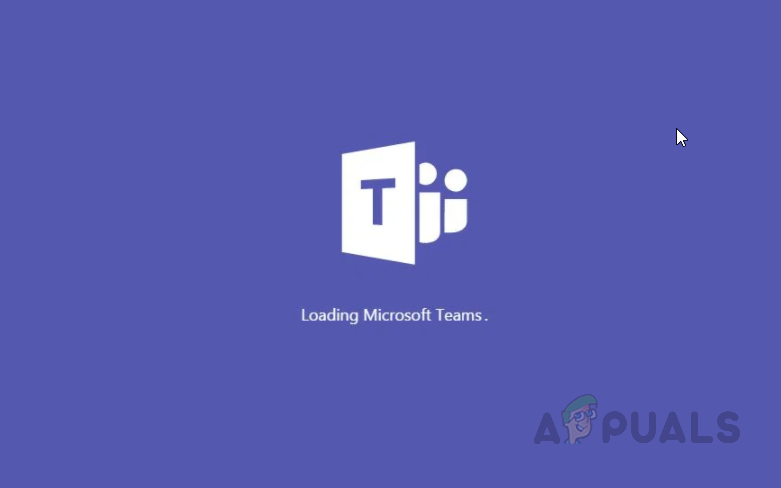
The problem is mainly due to Teams failing to start important services when launching. Conflicts with other running processes or apps can make it worse.
In this article, we will discuss different ways to solve this error.
1. Delete MS Teams Credentials Files
Deleting Microsoft Teams’ credential files resets the app’s login data, fixing issues caused by bad or old credentials. This action allows Teams to create new, correct login data, often solving loading problems related to account conflicts.
- Click Start, type Credential Manager, and open it.

- Go to Windows Credentials and delete the msteams_adalsso/adal_context_0 and msteams_adalsso/adal_context_1 entries, as these contain the login credentials for the MS Teams desktop application.

Deleting MS Teams Credentials - Restart Microsoft Teams, and this should resolve the issue.
2. Run MS Teams Application in Compatibility Mode
Outdated system settings can cause Microsoft Teams to get stuck when loading. Running the app in compatibility mode simulates an older Windows version, improving compatibility and fixing possible conflicts with system parts or permissions.
- Right-click on Microsoft Teams.exe and choose Properties.
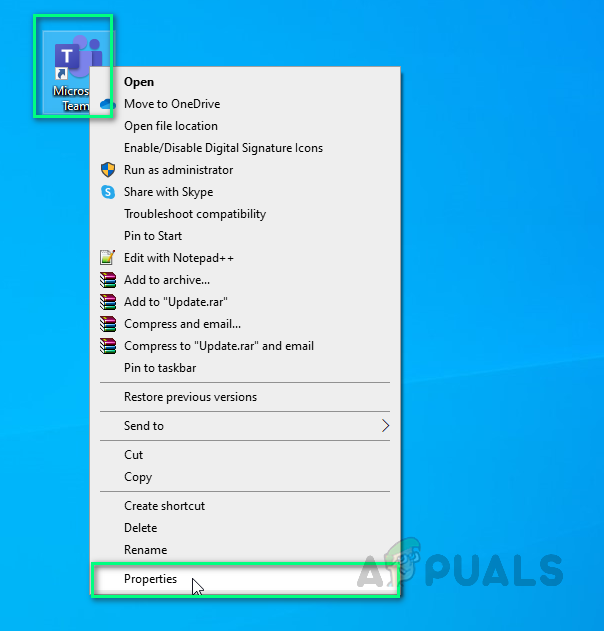
Opening MS Teams Application Properties - In the Compatibility tab, check the box next to Run this program in compatibility mode for, and select Windows 7 from the dropdown menu. Click Apply and then OK. This makes MS Teams run on Windows 10/11 as if it were on Windows 7.
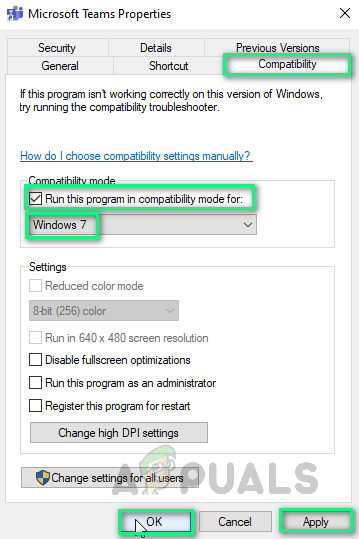
Configuring Application Compatibility Settings - Restart your PC and launch Microsoft Teams. It should now function correctly.
3. Clean Reinstall MS Teams
A clean reinstall of Microsoft Teams resets the app by removing leftover files, including corrupted caches and incorrect settings. Installing a fresh version removes any conflicts or errors from old installations, ensuring Teams works properly.
- Close MS Teams by right-clicking the MS Teams icon in the taskbar and choosing Quit.
- Press Windows + R keys, type appwiz.cpl, and press Enter to open the Programs and Features window.
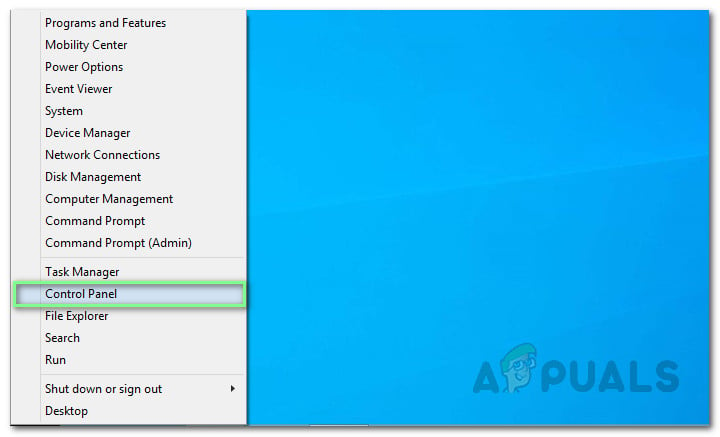
Opening Programs and Features - Select Microsoft Teams from the list and click Uninstall.
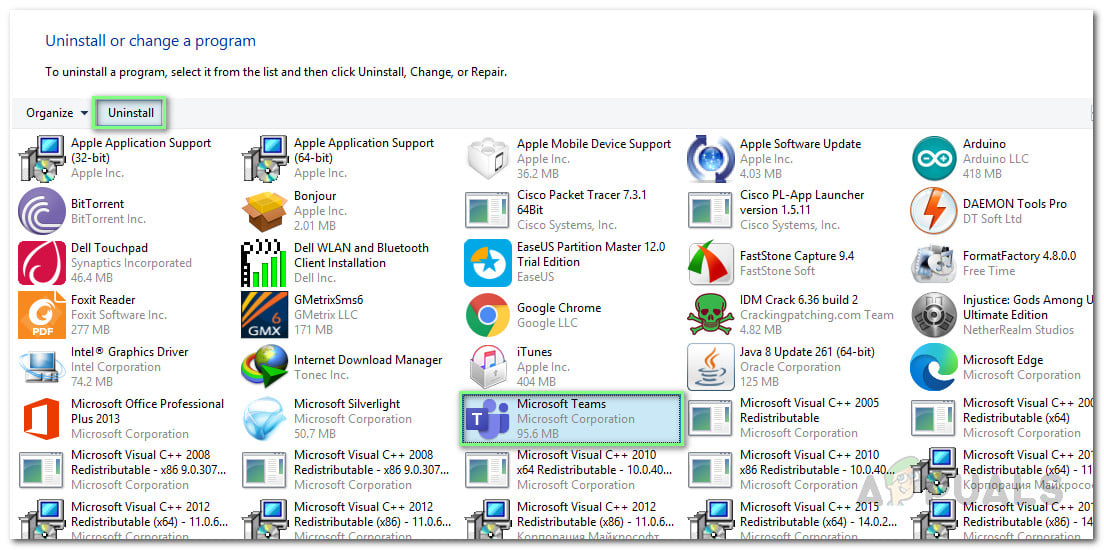
Uninstalling Microsoft Teams - Press Windows + R again, type %appdata%, and click OK. In the AppData folder, go to the Microsoft folder and delete the Teams folder.
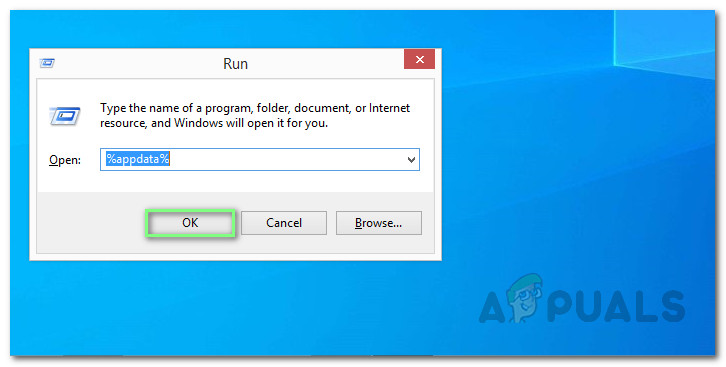
Accessing the AppData Folder - Press Windows + R once more, type %Programdata%, and click OK. Delete the Teams folder if it exists there.

Accessing the ProgramData Folder - Download the latest Microsoft Teams desktop setup from the Official Microsoft Teams Download Page and install it.





